Gap automobile insurance is an often overlooked yet essential component of comprehensive car insurance coverage. While it may not be necessary for every driver, understanding its benefits and drawbacks can help you decide if it’s right for your needs. Exploring the pros and cons of gap insurance can provide you with the information needed to make an informed decision.
What Is Gap Insurance?
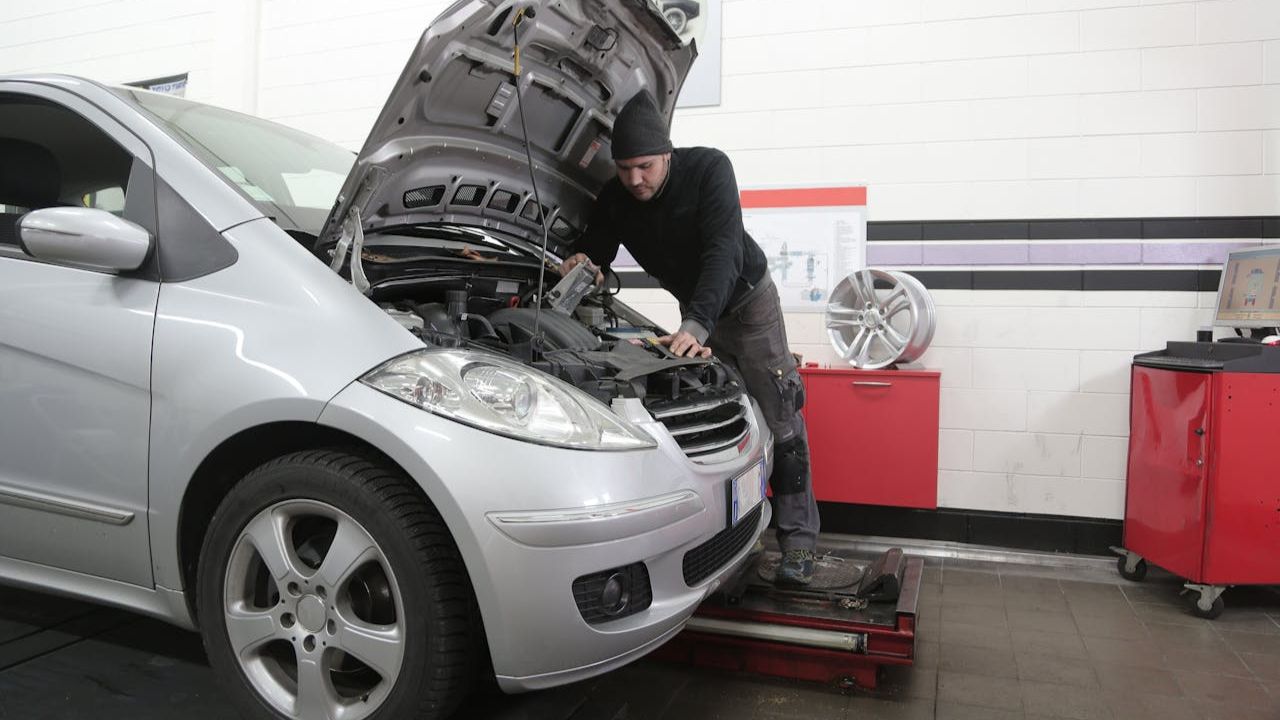
Gap insurance, or Guaranteed Asset Protection insurance, is designed to cover the difference between a vehicle’s actual cash value (ACV) and the remaining balance on the auto loan or lease if the car is totaled or stolen. This type of coverage is crucial for those who owe more on their car than its current market value, which can happen due to rapid depreciation. Without gap insurance, you may find yourself paying out-of-pocket for a vehicle you no longer have.
Gap insurance is most beneficial for drivers who lease their vehicles or have financed cars with little to no down payment. Additionally, it can be a smart choice for those who drive cars with high depreciation rates, such as luxury sedans or certain electric vehicles like the Tesla Model S. Drivers who frequently upgrade their vehicles or who have long loan terms might also consider this coverage to protect their financial interests.
The process of claiming gap insurance involves working with both your auto insurer and your gap insurance provider. After a total loss, your standard insurance will first pay out the car’s ACV, and then your gap insurance will cover the remaining balance up to the policy limit. It’s crucial to ensure that your gap insurance policy integrates seamlessly with your auto insurance to avoid gaps in coverage.
Benefits of Gap Insurance
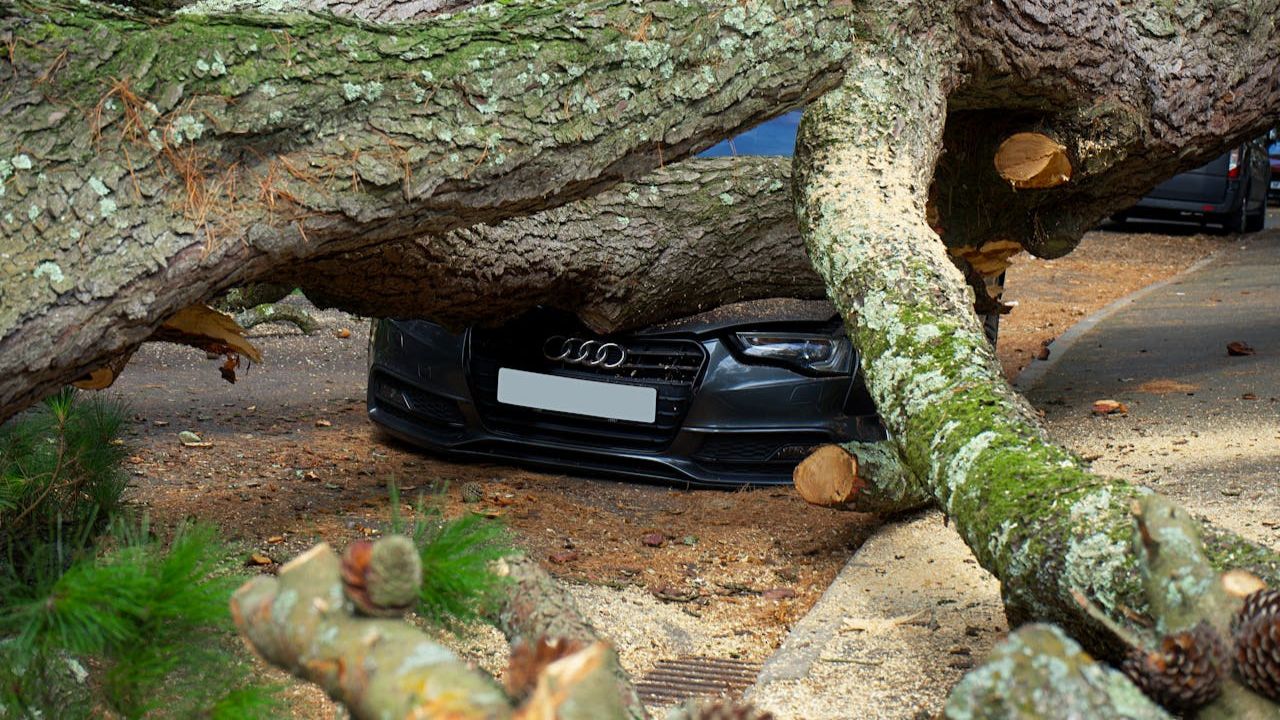
The primary benefit of gap insurance is the financial protection it offers. In the event of a total loss, gap insurance can save you from the burden of paying off a loan for a car you can no longer use. For instance, if you owe $25,000 on a car that’s now worth $20,000, gap insurance would cover the $5,000 difference, preventing a significant financial setback.
Beyond financial security, having gap insurance can provide peace of mind. Knowing that you’re protected from unexpected financial burdens can alleviate stress and anxiety, allowing you to focus on recovering from the incident without worrying about your loan obligations. This psychological cushion can be invaluable, especially in the chaotic aftermath of a car accident or theft.
Another advantage is the additional coverage options that some gap insurance policies offer. For example, new car replacement coverage ensures that if your new car is totaled within a specific period, usually one to two years, you will receive a replacement car of the same make and model rather than just the depreciated value. This can be particularly beneficial for new car owners who want to maintain their investment.
Drawbacks of Gap Insurance

One of the main drawbacks of gap insurance is the additional cost it adds to your overall auto insurance expenses. Premiums for gap insurance can vary, but they typically range from $20 to $40 per year, depending on the insurer and the specifics of your coverage. For some, this expense may seem unnecessary, especially if the likelihood of a total loss is low.
Gap insurance also has limited applicability. If you own your vehicle outright or have a loan balance that is less than the car’s current market value, gap insurance may not be necessary. Additionally, if your car is older or has already depreciated significantly, the value of gap insurance diminishes. It’s crucial to evaluate your own situation to determine whether this type of coverage is a prudent investment.
Policy limitations are another concern. Some gap insurance policies have restrictions on the coverage amount or may exclude certain types of claims. For instance, coverage may not apply if the car was used for commercial purposes or if the loss occurred due to negligence. Understanding these limitations is essential to ensure that you are adequately protected.
Factors to Consider Before Purchasing

When considering gap insurance, the depreciation rate of your vehicle is a critical factor. Some cars, like the BMW 7 Series or the Nissan Leaf, are known for rapid depreciation, which makes gap insurance more advantageous. Understanding how quickly your car loses value can help you decide if this coverage is necessary.
The terms of your loan or lease agreement also play a significant role in determining the need for gap insurance. Longer loan terms or higher interest rates can lead to situations where you owe more than the car is worth, making gap insurance a valuable safeguard. Conversely, if you have a short loan term or made a substantial down payment, the need for gap insurance diminishes.
Your personal financial situation should also be considered. If you have a robust emergency fund or other financial resources to cover potential losses, you might decide that gap insurance is unnecessary. However, if your financial situation is more precarious, the added security of gap insurance can be a wise investment.
Alternatives to Gap Insurance

For some, maintaining a healthy savings or emergency fund can serve as an effective alternative to gap insurance. By setting aside money specifically for emergencies, you can create a financial buffer that covers unexpected expenses, including those related to vehicle loss. This approach requires discipline and foresight but can provide a sense of security without the need for additional insurance.
Enhanced auto insurance policies may also offer similar protection without the need for separate gap insurance. Some comprehensive policies include provisions for total loss protection or new car replacement, which can cover the gap between the car’s value and the loan balance. Reviewing your existing policy details can uncover potential savings and coverage opportunities.
Dealer or manufacturer protection plans are another option. Many car dealers and manufacturers offer their own versions of gap coverage, sometimes included in the purchase price or available as an add-on. These plans can provide similar protection and are worth exploring, especially if you’re purchasing a new vehicle. However, it’s important to compare these options with standard gap insurance to ensure you’re getting the best coverage for your needs.
Like Fast Lane Only’s content? Be sure to follow us.
Here’s more from us:
*Created with AI assistance and editor review.

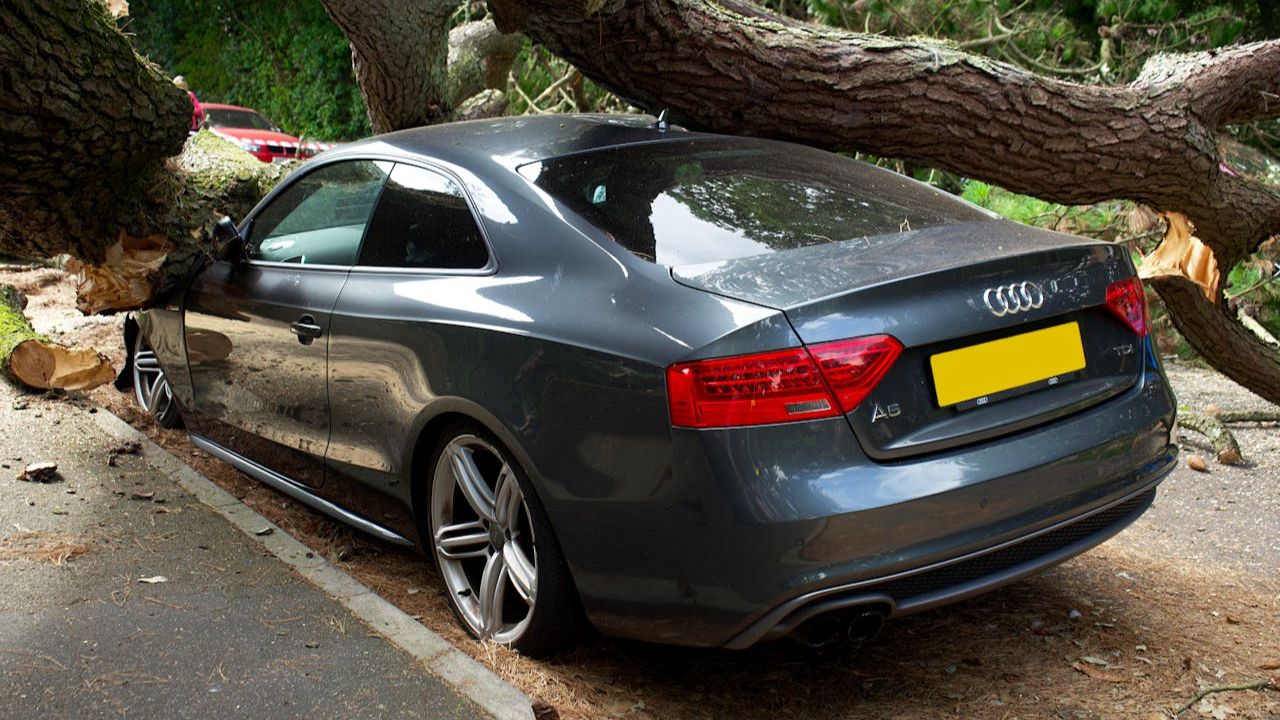

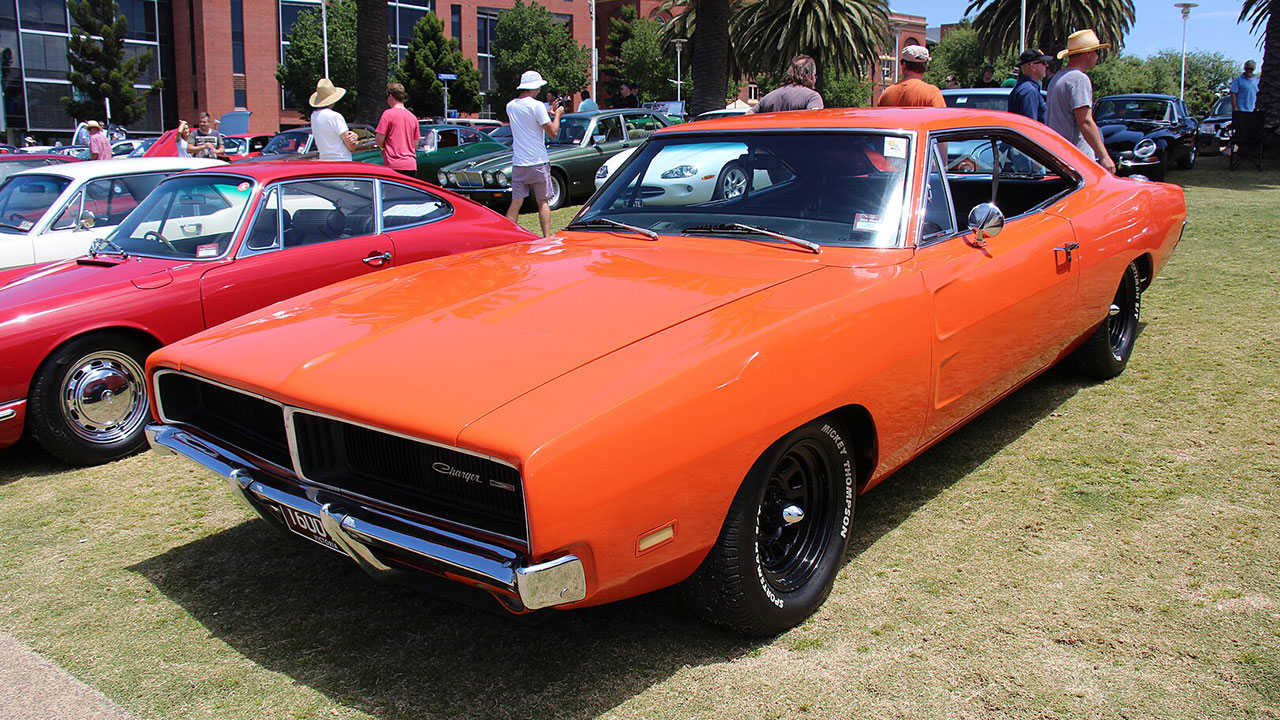
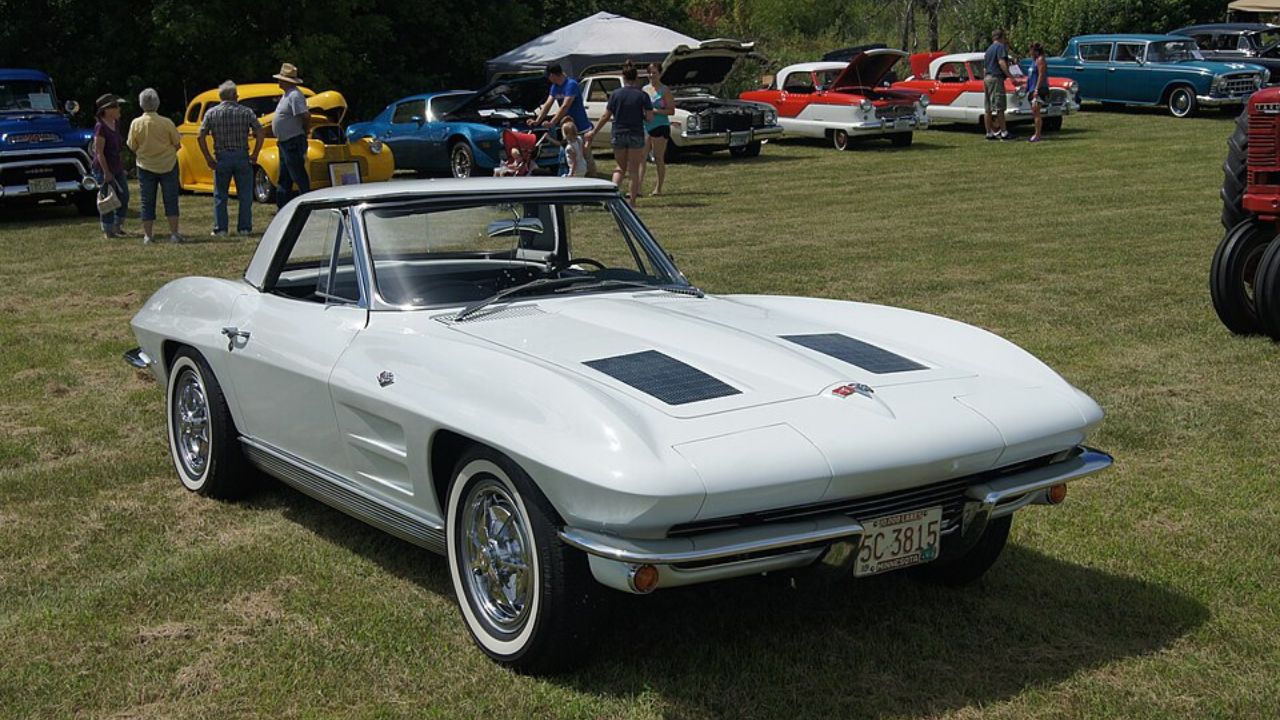
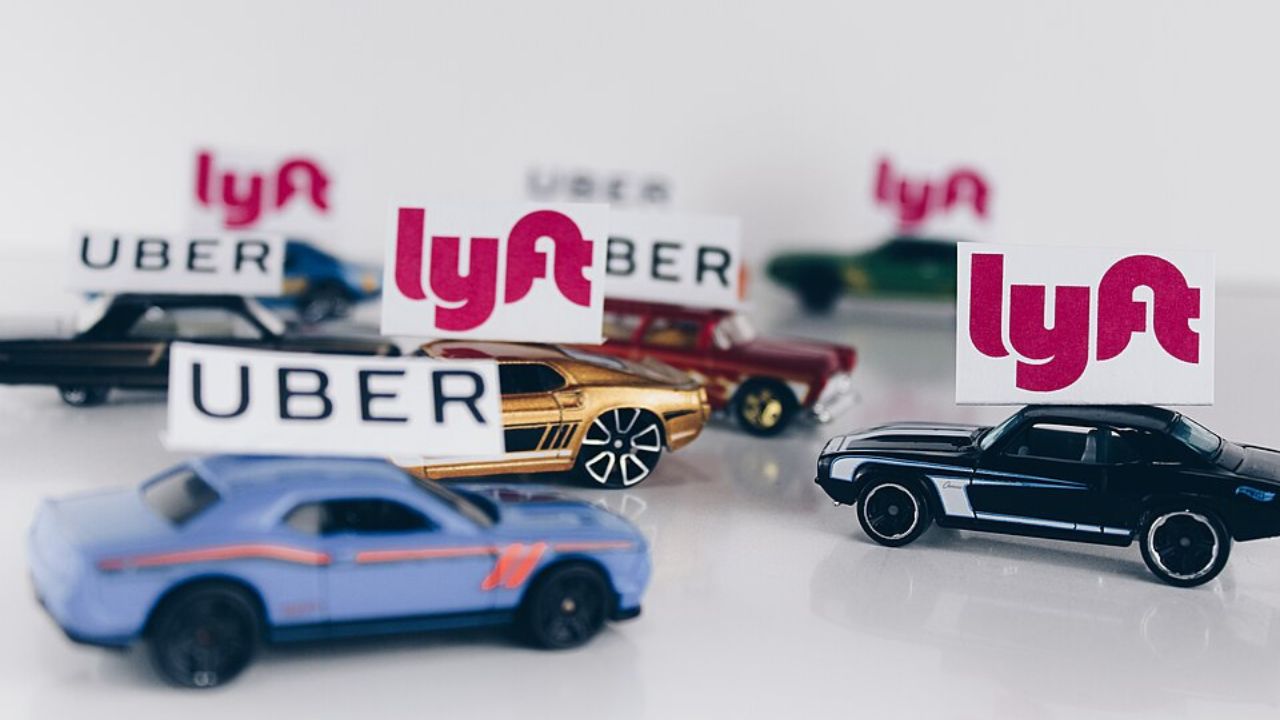
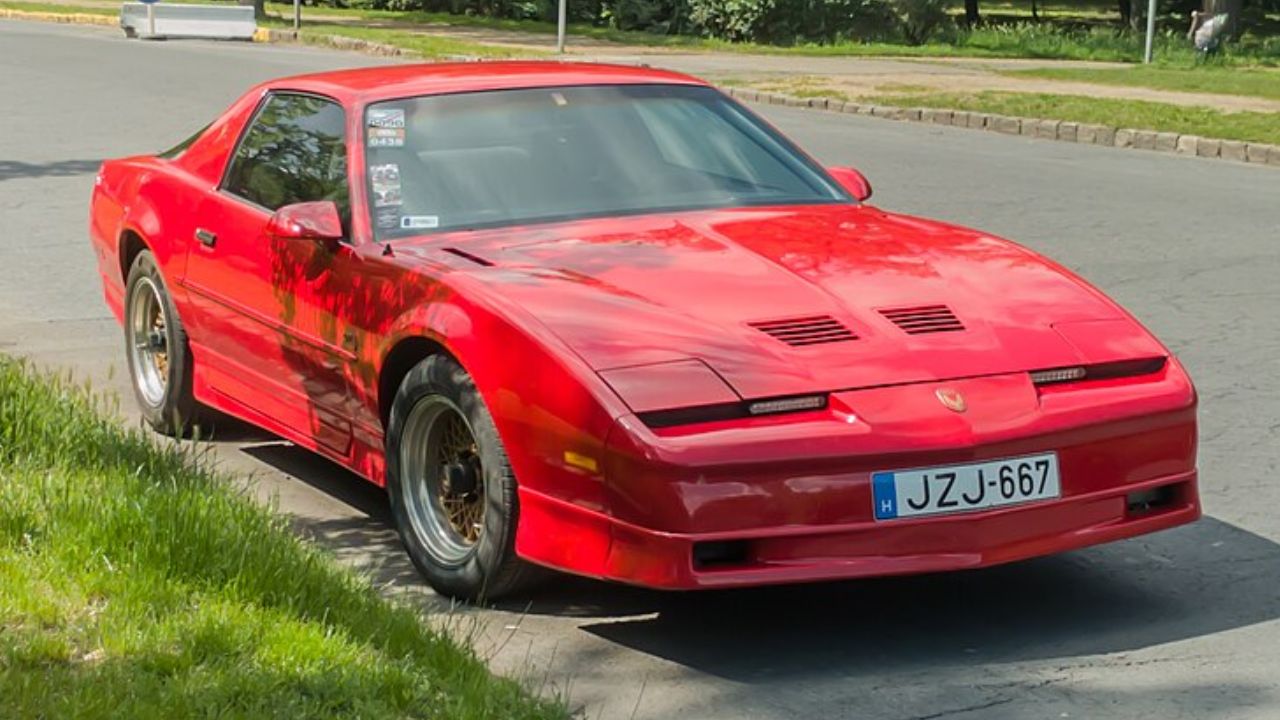
Leave a Reply